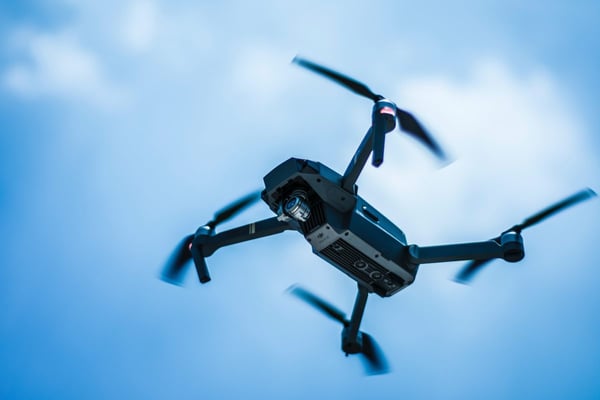The construction industry is beginning to learn how to utilize today's technology to improve efficiency in the industry. From augmented reality and robotics to green tech and smart contracts, learning how to use this tech in your own business is crucial. The second part of a four part series, mobile technology and drones are two forms of technology that can improve efficiency.
Mobile technology has been around for decades, but has made enormous improvements and advancements in the last 10-15 years. Because of these innovations, we have become accustomed to having information at our fingertips. As technology continues to advance and improve, the construction industry must keep pace. Keeping pace isn’t just to use the latest, trendiest application on a job site, but it also provides sustainability and business viability for the future.
The ability to utilize technology on the go makes it possible for business to be conducted in real-time. Not only that, but Viewpoint, a construction technology blog, there are five key benefits to using mobile technology: Keeps field work moving, replaces manual processes, connects the office to the field. Improves communication and collaboration, and boosts efficiency and productivity. All of these benefits lead to improved efficiency, which increases revenue and profits.
Drones are another form of technology that can lead to improved efficiency. There are, of course, legal and contractual considerations, but drones in general can help construction projects move forward in a variety of ways. According to Construction Dive, “Drones provide construction teams with an overhead view of job sites, materials, machinery and people. Contractors are using the autonomous flying machines to record images and videos that help optimize everything from grading plans and operations to identifying differences between as-designed and as-built site plans. Their usefulness can be enhanced with thermal cameras and other add-ons like mapping tools and GPS units.”
The old adage, “A picture is worth a thousand words,” applies 100% in the construction industry. Field offices aren’t always close to job sites, and corporate headquarters can be even farther away. Using drones for overhead views of job sites eliminates a portion of the travel required for developers to see the project’s progress. Yes, some travel will still be necessary depending on locations of field offices, corporate offices and job sites. As projects are completed, developers and managers will need actual eyes on the project to verify specs are up to code, but drones can limit travel expenditures and provide a different perspective from a vantage point otherwise unobtainable.
Mobile technology and drones are both new and unique ways to use the technology available today to use technology to improve efficiency. Finding ways to incorporate both pieces of technology into your projects will give you another avenue toward cutting costs and increasing profits, as well as provide sustainability for both your business and your projects.

Recent Posts
- Spec Home Loans: Complete Guide to Construction Financing for Builders
- Spec Construction Loans: A Spec Line of Credit Is Worth the Paperwork
- Spec Homes and Pre-Sale Homes: Relative Benefits for a Spec Builder
- Spec Construction Success: Insights for the Investor Builder
- How Is a Spec House Different From Other Kinds of House Construction?
